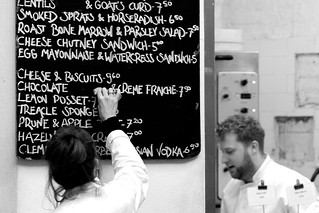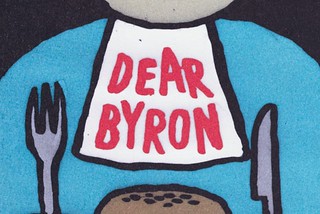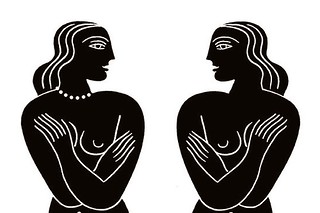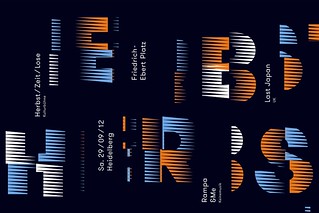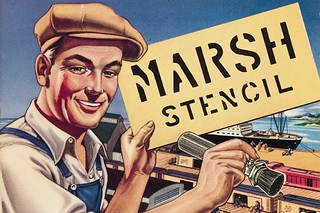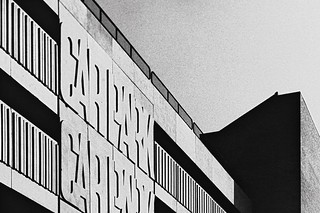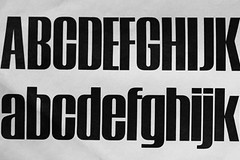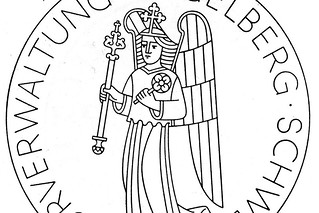Feature: Typography
Design that disappears: the blackboard at St John
Asked to nominate a favourite item of information design, illustrator Paul Davis had no hesitation in naming the bar menu blackboard at St John restaurant in Clerkenwell, with its ‘nose-to-tail’ philosophy of serving authentic food
Burger, fries, no logo
With ‘nothing to show and nothing to say’, Ben Stott’s ‘anti-branding’ helped turn the Byron restaurant chain into a multi-million pound brand.
Reputations: Louise Fili
‘Most restaurants are not used to dealing with designers, so I ask lots of questions. It’s being able to talk about colour, texture or architectural details. All I need is one element to latch on to that can make the logo work.’
Rub-down revolution
A generation before home computers, Letraset’s dry transfer lettering made desktop typography possible – and gave a small group of type designers new insights into letterform construction through the art of stencil-cutting
Type specific
TDC hails the wider world of empathetic wine labels, typographic IDs and retro stationery
Painted thrills and spills
Fred Fowle was the UK’s foremost fairground artist. His go-faster graphics and futuristic lettering live on – in museums and working steam fairs
A tradition with breaks
Stencil typefaces – late arrivals on the typographic scene – are going in new directions and rediscovering their history.
Quiet man of letters
Alan Bartram brought a perceptive eye to alphabetic detail in public spaces. Catherine Dixon pays tribute to the co-author of An Atlas of Typeforms
Modernism and monograms
Both artisan and art director, Hermann Eidenbenz was a subtle master of Swiss design.

